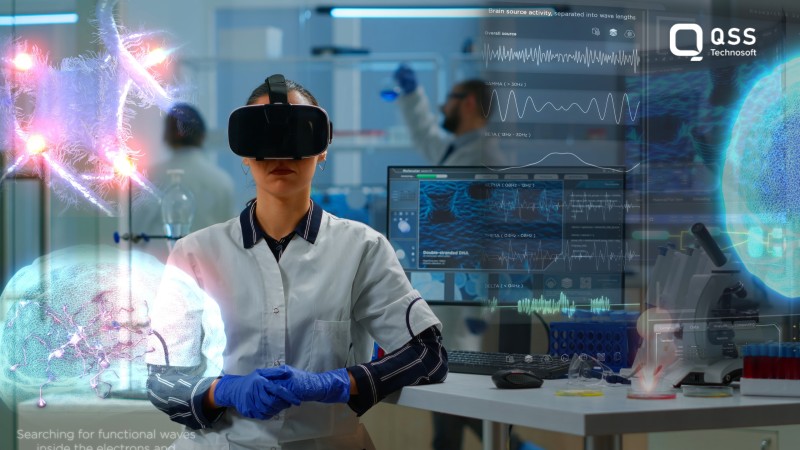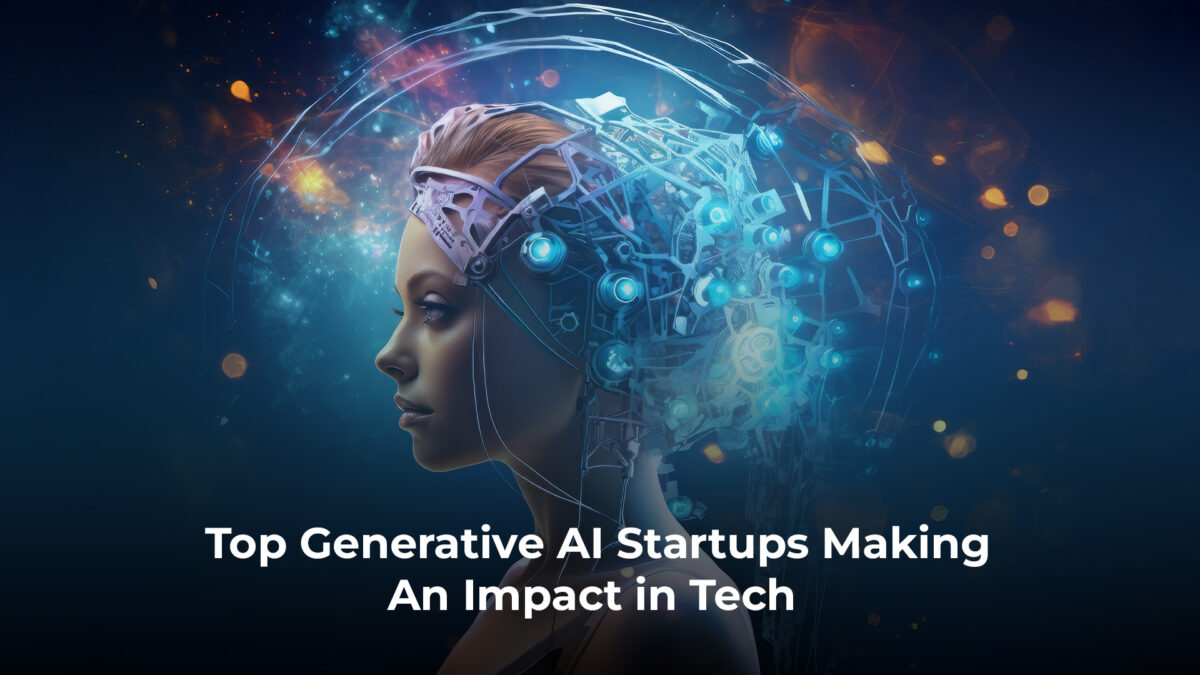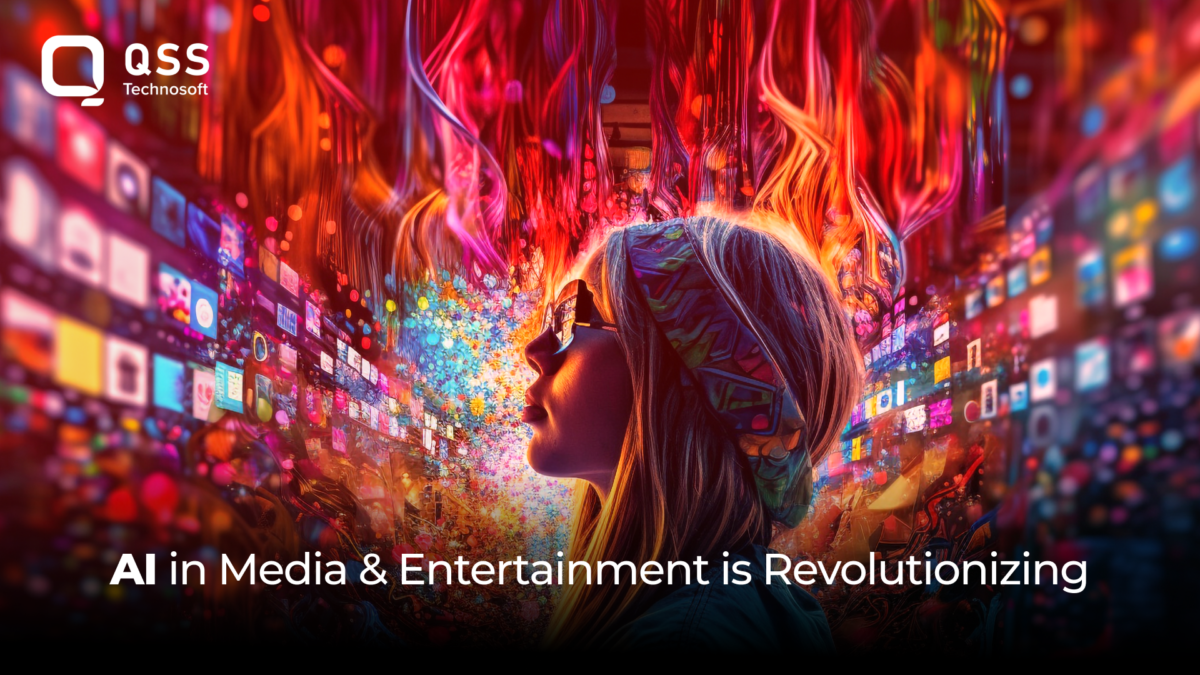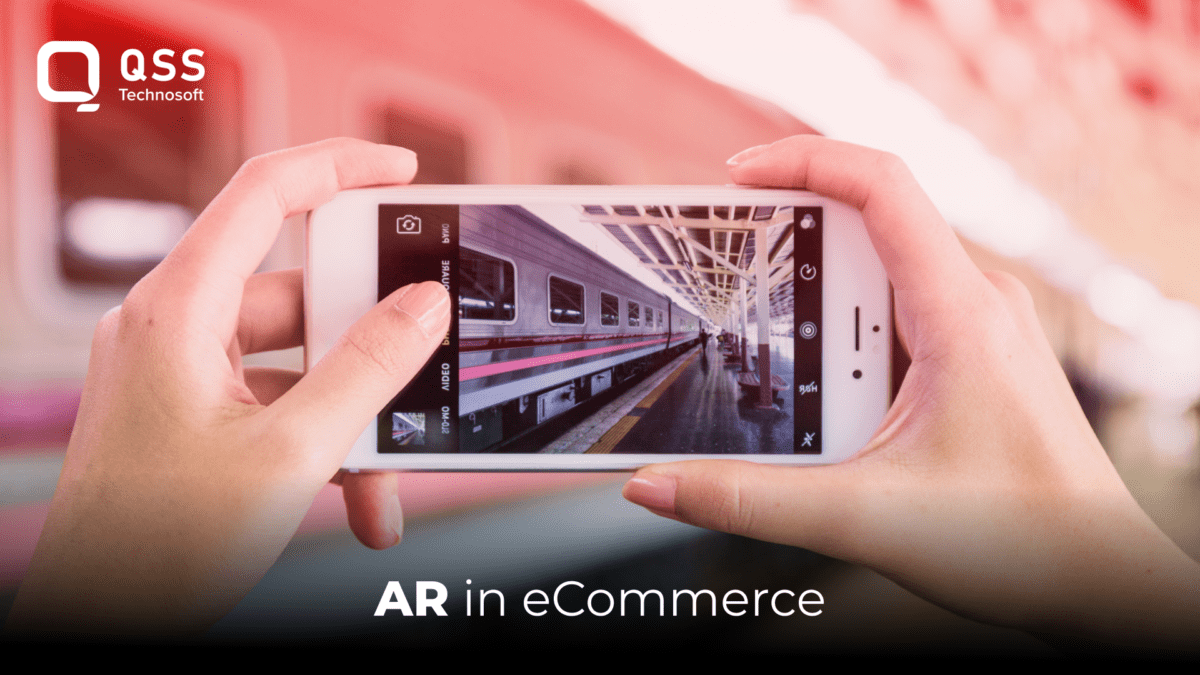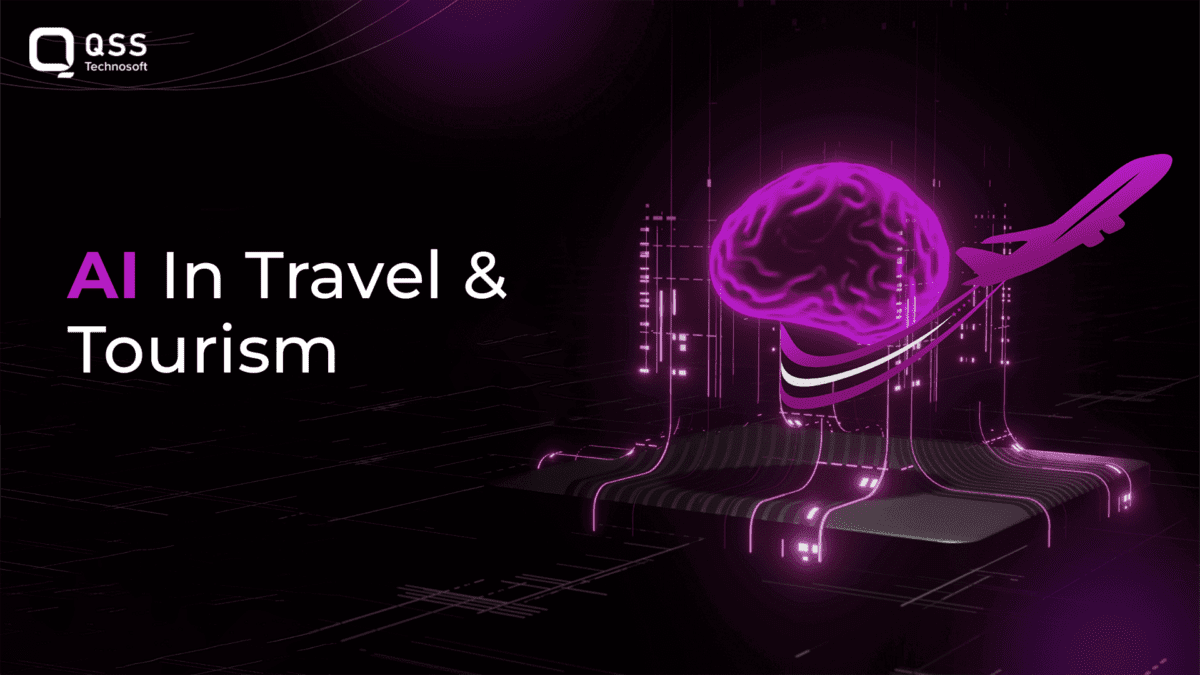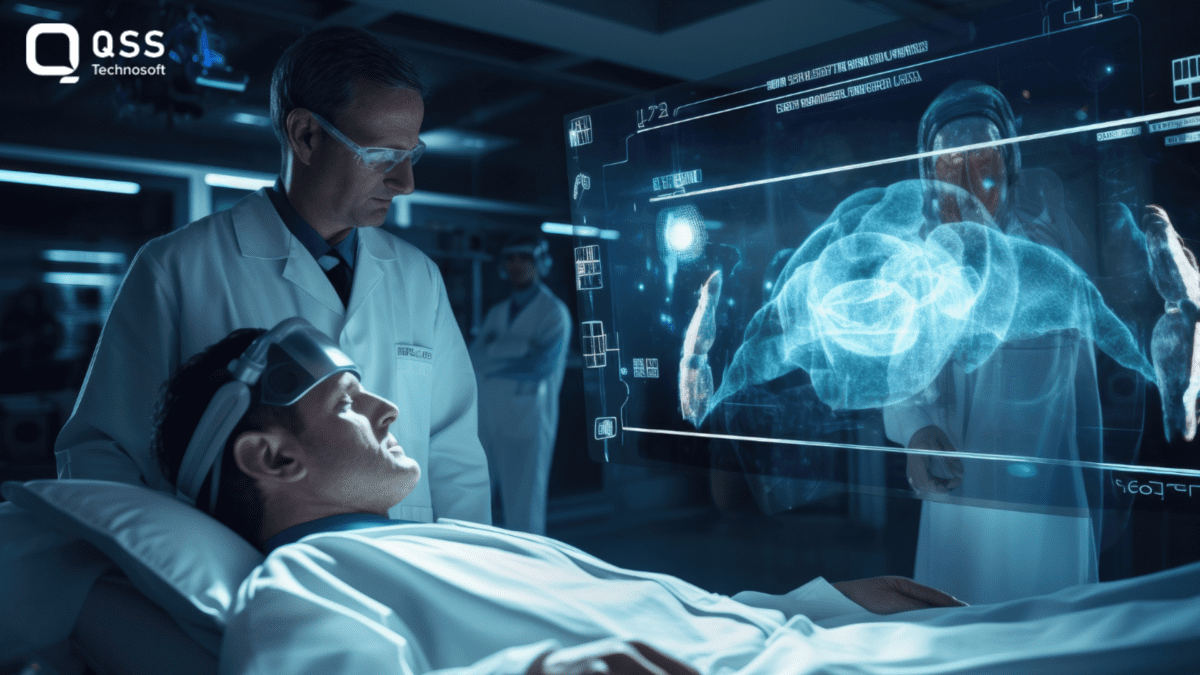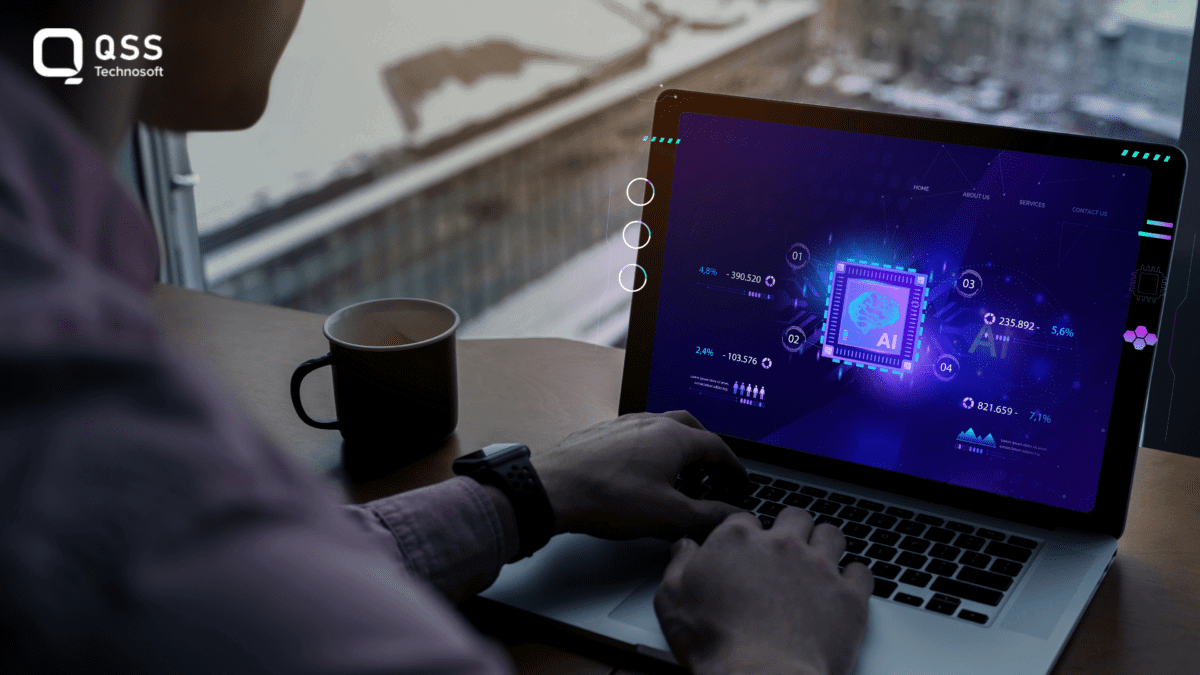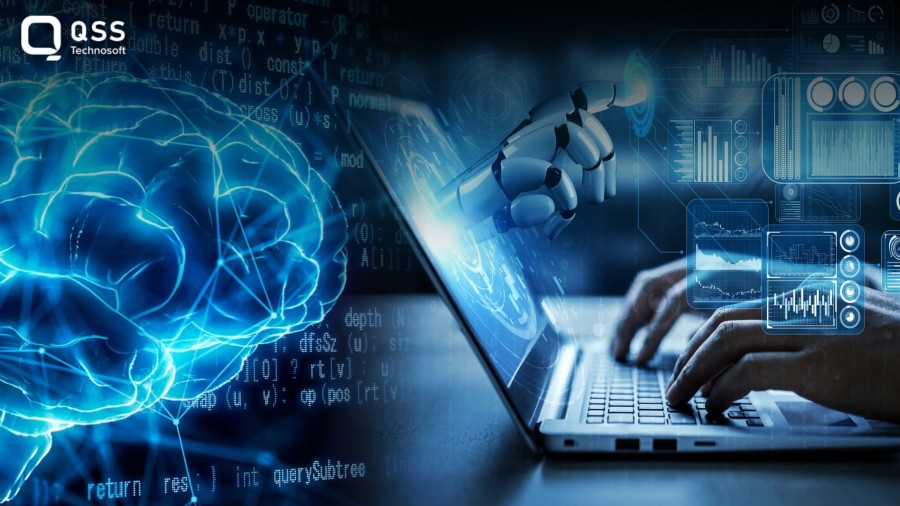Are we still relying on traditional methods to deliver our health data to healthcare providers? Thankfully, not anymore! With the advent of Remote Patient Monitoring (RPM), healthcare is leaping into the future. Why waste time and money on outdated and inconvenient methods when technology can bring us closer than ever to efficient and effective patient care?
According to recent statistics,
RPM adoption has skyrocketed, with a 51% increase in RPM users from 2019 to 2020 alone. This means more patients can now benefit from remote monitoring, reducing the burden on overcrowded clinics and hospitals.
Another research by SNS Insider says that the Remote Patient Monitoring (RPM) Market Size was valued at USD 51.4 billion in 2022, and is expected to reach USD 354.49 billion by 2030 and grow at a CAGR of 27.3% over the forecast period 2023-2030.
But what exactly is Remote Patient Monitoring?
Imagine this: Instead of dragging yourself to the doctor’s office for routine check-ups, you can now have your vital signs and health data collected in the comfort of your own home. Devices like smartwatches, blood pressure monitors, and even digital scales can track your heart rate, blood pressure, weight, and more.
But wait, there’s more! All this information is seamlessly transmitted to your healthcare provider, who can then analyze it and make informed decisions about your treatment plan. No more waiting rooms, no more outdated fax machines, just quick and efficient healthcare delivered right to your doorstep (or rather, your device).
Let’s read in detail about Remote Patients Monitoring Using Generative AI reading this blog till the end.
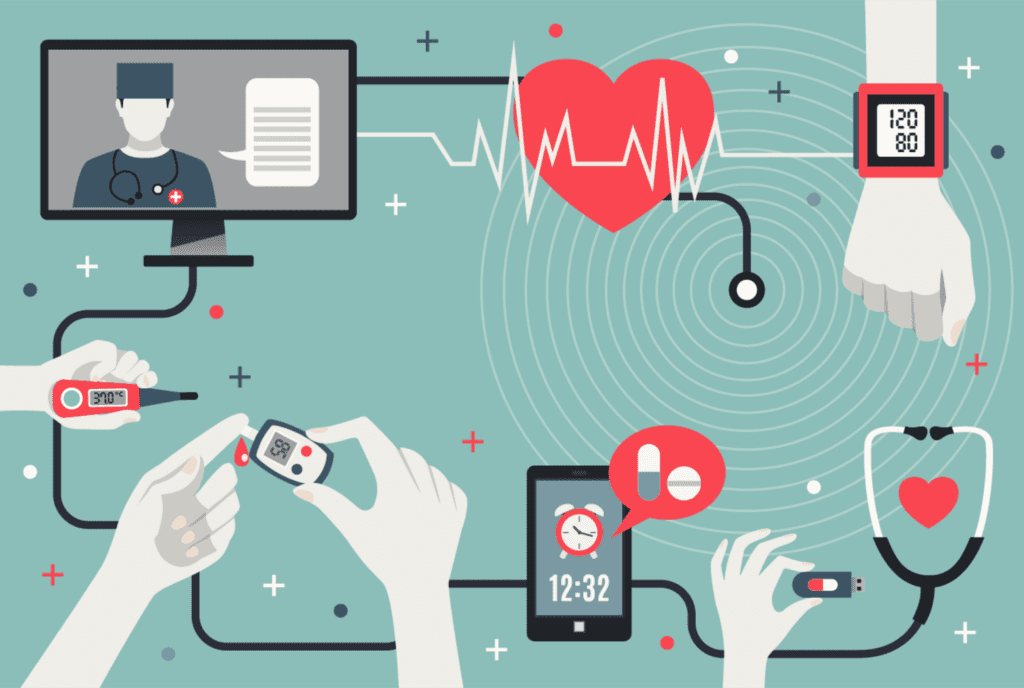
Read Our Old Blog : Exploring the Impact of Generative AI in Design and Content Creation
Understanding Remote Patient Monitoring:
Remote Patient Monitoring involves the use of various devices such as wearables, sensors, and mobile applications to track and monitor patient health data remotely. This data is then transmitted to healthcare providers who can analyze it and make informed decisions regarding the patient’s health status. RPM enables patients to receive continuous monitoring from the comfort of their homes, minimizing the need for frequent hospital visits.
With RPM, patients with chronic conditions can experience improved care management.
Take Mr. Johnson, for example. He’s been living with diabetes for years, struggling to keep track of his glucose levels and medication schedule. But with the help of RPM, his healthcare provider can remotely monitor his blood sugar levels, ensuring timely interventions and avoiding complications.
And it’s not just the patients who benefit from RPM. Healthcare providers can allocate their time and resources more effectively, focusing on patients who need immediate attention and avoiding unnecessary hospital visits. This not only improves the quality of care but also reduces healthcare costs for all involved.
So why stick to ancient methods when technology can revolutionize healthcare delivery? Well! It’s not just a limited thing but it offers a lot of benefits. Let’s take a look at some below.
Benefits of Generative AI in Remote Patient Monitoring:
Generative Artificial Intelligence (AI) has emerged as a powerful tool in the field of Remote Patient Monitoring. It involves the use of algorithms to generate new and creative outputs based on existing data.
Here are some of the key benefits of using Generative AI in RPM:
- Enhanced Remote Monitoring:
-
- Continuous monitoring of vital signs and symptoms using wearable devices and sensors.
- Real-time alerts and notifications for healthcare providers in case of any abnormalities or emergencies.
- Remote tracking of medication adherence and lifestyle factors.
- Precision Medicine:
-
- Personalized treatment plans based on individual patient data and risk profiles.
- Tailored medication dosages and therapy recommendations for improved efficacy.
- Identification of optimal treatment strategies based on patient response data.
- Early Detection and Intervention:
-
- Early detection of deteriorating health conditions or worsening symptoms.
- Timely interventions to prevent complications or hospitalizations.
- Remote monitoring of chronic conditions for proactive management.
- Improved Patient Engagement and Empowerment:
-
- Increased patient involvement in their care through access to data and insights.
- Patient education and self-management tools based on generated recommendations.
- Remote support and guidance from healthcare providers, enhancing patient empowerment.
- Streamlined Workflow and Resource Allocation:
-
- Efficient triage of patients based on severity or risks detected by Generative AI algorithms.
- Reduced workload for healthcare providers through automated analysis and decision support.
- Optimized allocation of healthcare resources based on patient needs and priorities.
- Research and Development:
-
- Aggregate and anonymize patient data for research purposes, leading to valuable insights and discoveries.
- Support for clinical trials by identifying suitable patient cohorts and monitoring treatment outcomes.
- Continuous learning and improvement of Generative AI models through real-world patient data analysis.
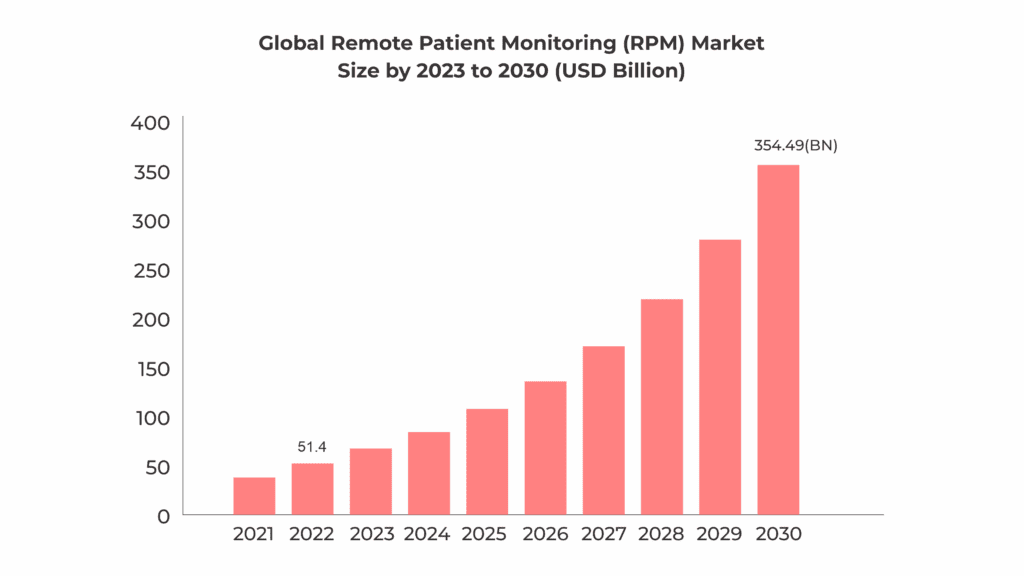
Use Cases in Healthcare:
There have been several successful implementations of Generative AI in Remote Patient Monitoring across various healthcare settings. Some examples include:
- Drug Discovery: Generative AI algorithms can assist in the process of drug discovery by generating new molecules with desired properties. These algorithms can analyze large datasets of chemical structures and predict novel compounds that could potentially be used as new drugs.
For example, Insilico Medicine, a biotechnology company, has used Generative AI to identify potential drug candidates for diseases such as cancer and Alzheimer’s.
2. Medical Imaging Analysis: Generative AI can be used to analyze medical images, such as X-rays, MRIs, and CT scans, to aid in the detection and diagnosis of diseases. Deep learning algorithms can learn from a large database of labeled images and then accurately classify and segment various structures and abnormalities.
For instance, Aidoc, a medical imaging startup, uses Generative AI to analyze CT scans and detect abnormalities like bleeding, fractures, and tumors.
3. Personalized Treatment Plans: Generative AI algorithms can analyze large datasets of patient records, genetic data, and medical literature to develop personalized treatment plans for individual patients. By taking into account various factors, including genetic markers, medical history, and lifestyle, AI can provide targeted recommendations for treatment options and avoid adverse effects.
For example, IBM Watson’s oncology system uses Generative AI to analyze patient data and provide personalized treatment options for cancer patients.
4. Predictive Analytics for Hospital Operations: Generative AI can be used for predictive analytics in hospital operations to optimize resource allocation, predict patient admissions, and improve overall efficiency. By analyzing historical data, AI algorithms can forecast patient volumes, identify patterns in patient flow and wait times, and optimize staffing levels.
For instance, GE Healthcare’s Command Center uses Generative AI to predict patient admissions, enabling hospitals to proactively manage resources and reduce wait times.
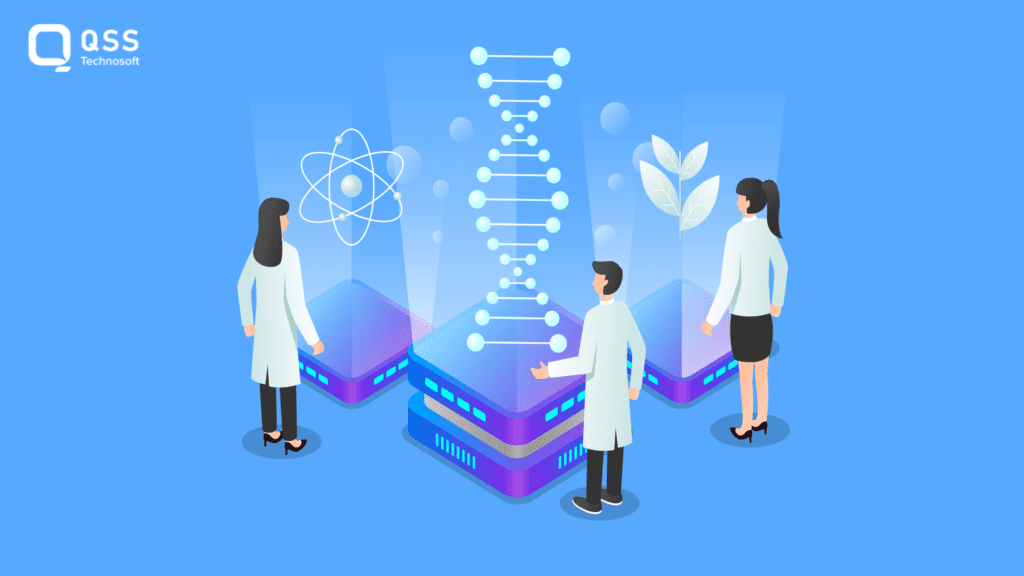
Challenges and Ethical Considerations:
While Generative AI has shown great promise in Remote Patient Monitoring, there are several challenges and ethical considerations to address:
- Data Privacy: Remote Patient Monitoring involves the collection and transmission of sensitive patient health data. Ensuring data privacy and safeguarding patient information against unauthorized access is of utmost importance.
- Algorithm Bias: Generative AI algorithms are only as good as the data they are trained on. If the training data is biased or not representative of diverse patient populations, there is a risk of introducing algorithmic bias, leading to inaccurate diagnoses and treatment recommendations.
- Legal and Regulatory Compliance: Remote Patient Monitoring using Generative AI must comply with relevant laws and regulations regarding patient privacy, data protection, and healthcare standards.
Future Trends:
The field of Remote Patient Monitoring using Generative AI is constantly evolving. Here are some future trends to watch out for:
Integration with Electronic Health Records (EHRs): Integrating RPM data with EHRs can provide a comprehensive view of a patient’s health history, enabling better analysis and decision-making.
Read Our Page : EHR/EMR Software Development Services
Smart Wearables and Sensors: Advances in wearable devices and sensors will provide more accurate and reliable data for RPM, enhancing the effectiveness of Generative AI algorithms. According to a study conducted by the University of California, San Francisco, remote monitoring and AI algorithms detected 39% of all early warning signs for stroke.
Telemedicine Integration: Combining Remote Patient Monitoring with telemedicine services will enable healthcare providers to remotely assess patients’ health status and provide consultations in real-time. a research article published in Nature Biotechnology showcased Generative AI’s ability to develop small-molecule therapies that have the potential to be developed into new drugs.
AI-powered Chatbots and Virtual Assistants: Generative AI can be integrated with chatbots and virtual assistants to provide patients with personalized health recommendations and support. According to a report by the Centers for Medicare & Medicaid Services, remote monitoring can potentially save up to $3,000 per patient annually for chronic disease management
Conclusion:
Generative AI has the potential to completely revolutionize Remote Patient Monitoring (RPM). By analyzing lots of patient data, it can create personalized treatment plans and even predict possible health issues. This can lead to better outcomes for patients and improve the overall quality of healthcare.
But, we should also think about the challenges and ethical concerns that come with using this technology. We want to make sure we’re using it in the right way to take care of patients’ needs and privacy. That’s where we can help!
At QSS Technosoft, we’re experts in developing scalable remote patient monitoring solutions that integrate Generative AI. We understand the importance of using this advanced technology responsibly and effectively. With our help, you can provide top-notch care to your patients and stay ahead of the curve in the healthcare industry.
So, let’s join us and create a brighter future for remote patient monitoring using Generative AI. Together, we can make a real difference in healthcare!
We are proud to mention that our work has been recognized by leading B2B reviews and research platforms like GoodFirms, Clutch, MirrorView, and many more.
